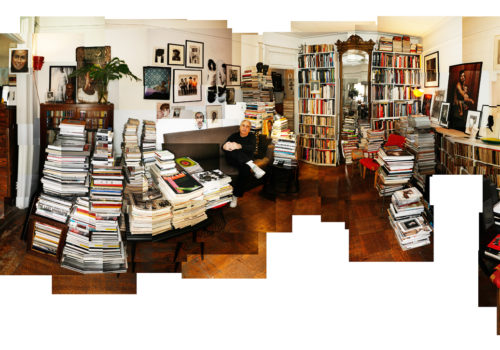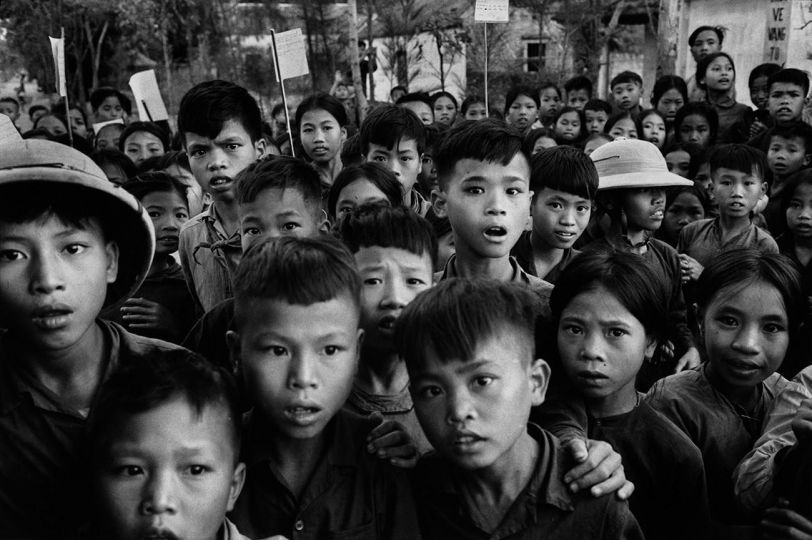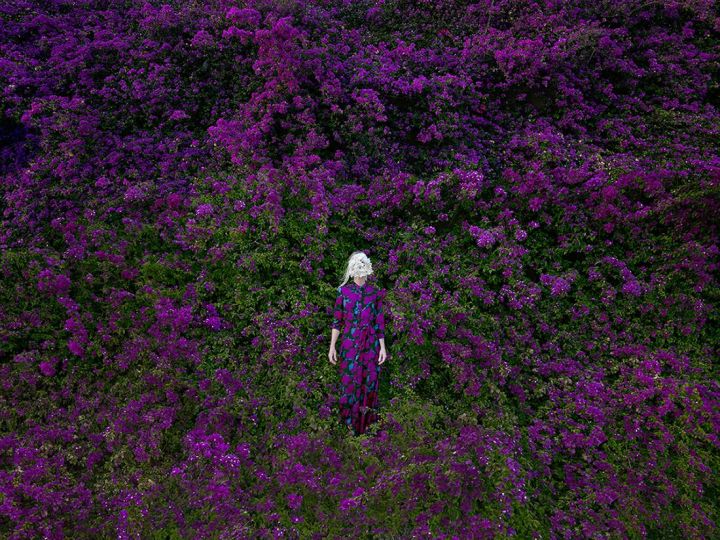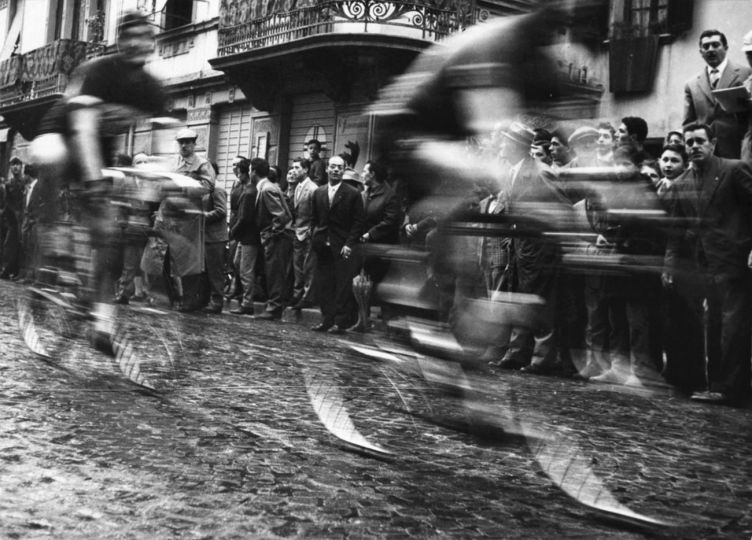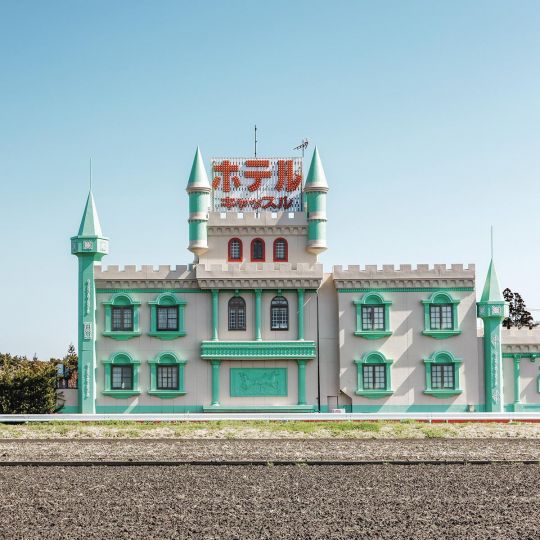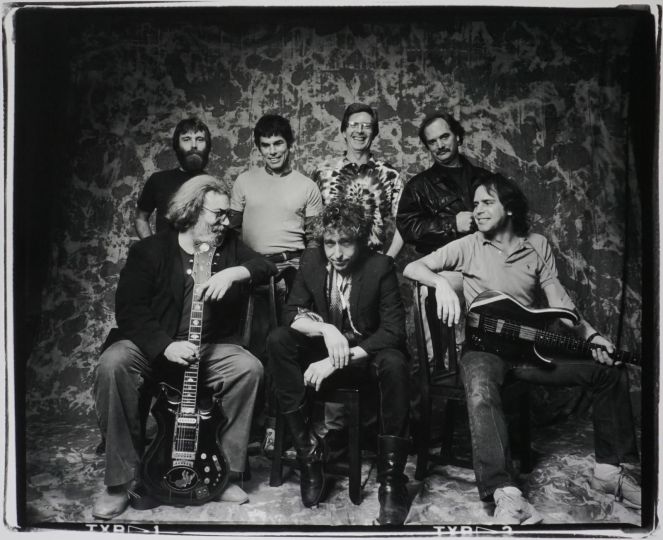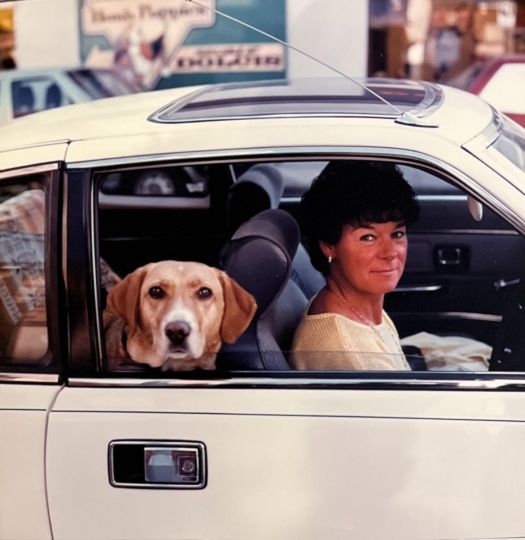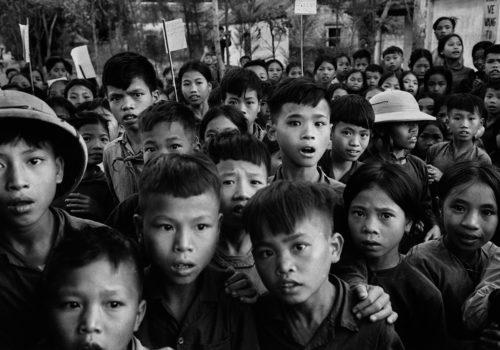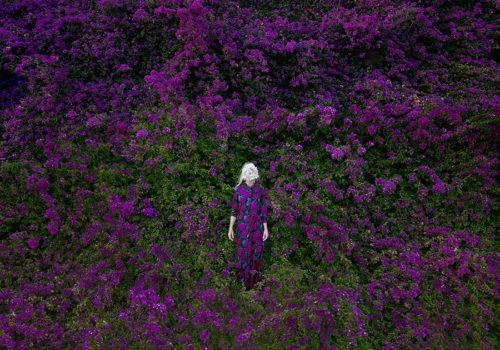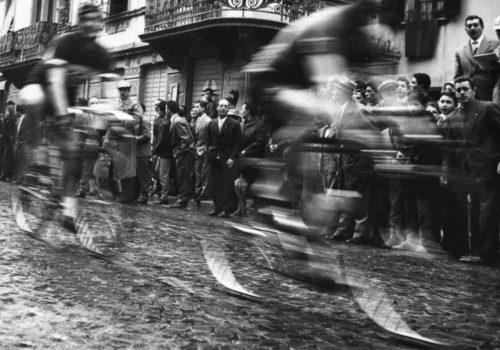1. How and when did you begin collecting? What was the first photograph you bought?
Casually, compulsively, and mostly at flea markets, where I bought cartes de visite portraits, real-photo postcards, and stereo views, starting in the late 1960s. The first photographs I spent real money on were from a small, short-lived gallery in the East Village whose name I no longer remember. The photographer, Todd Smith (who I would like to know more about), showed a series of black-and-white portraits he’d made on the street in Brooklyn and Coney Island, and I couldn’t decide between three Latin teenagers showing off the studio portraits they’d just made (I’ve always liked pictures within pictures) or four Puerto Rican girls posing against a car. I got a deal, and bought both for $150 sometime in the mid ’70s.
2. What do you consider your first real success in collecting? Your biggest failure? What is your prize?
Collecting doesn’t really involve success or failure for me. Pleasure and disappointment, maybe, but even that is hard to pinpoint. I’m happy to have bought photographs by Aaron Siskind, Weegee, Lewis Hine, Willem von Gloeden, George Platt Lynes, and others in the late ’70s and early ’80s when they were affordable for someone with a very modest income. The photographs I most prize are portraits of friends and lovers by Peter Hujar and Gary Schneider.
3. What is your concentration or theme in collecting now, if any?
My focus is primarily on images of men — portraits and figure studies from all periods, by unknown and well-known photographers.
4. What is your approach? Do you go on instinct? Do you buy from galleries, dealers, auctions, and/or directly from artists?
My approach is a combination of instinct and intelligence. The image matters more to me than the author is most cases, but if the work is not anonymous or the product of a studio, I like to know as much about the artist as possible. Ideally, the image I’m considering is not a fluke but is supported by a history, however brief, of other equally interesting work. But the absence of that history hasn’t kept me from buying a photograph I’m really excited by. I buy occasionally from dealers but current prices are usually way out of my range, so most of my photographic purchases are from flea markets, student shows, eBay, charity auctions, or the sort of private dealers who show up at book fairs with an album of mug shots.
5. Is there any other photography collector you especially admire?
Sam Wagstaff, who I know primarily from A Book of Photographs and the exhibition of that work at NYU’s Grey Art Gallery. The depth, range, and idiosyncrasy of his collection, especially his interest in anonymous and vernacular material, had a huge influence on my way of thinking about photography. And Thomas Walther, whom I got to know when images from his collection of found photographs were published (in Other Pictures) and exhibited at the Metropolitan Museum. Again, it’s Walther’s combination of visual intelligence and openness to an extraordinary image no matter where it comes from is what I most admire.
6. Is the idea of collecting vintage work important to you?
Yes, because I want the image to reflect the period in which it was made. The paper, the format, the mount, even the flaws should be authentic to that period. I’m interested in contemporary work but not in modern prints of vintage material.
7. How important is investment potential versus esthetic pleasure in choosing what to buy
Since 99% of what I buy has little or no investment value, this isn’t usually an important consideration for me.
8. If there is one picture you would like to buy but haven’t been able to, what would that be?
There’s at least one at every art and photo fair, usually a portrait by Rodchenko, Helmar Lerski, or Wolfgang Tillmans. I would love to have one of Avedon’s portraits from the American West, but the picture that immediately comes to mind when I’m asked this question has nothing to do with my collection as a whole: It’s one of Irving Penn’s monumental cigarette butts, ideally a gang of them.

